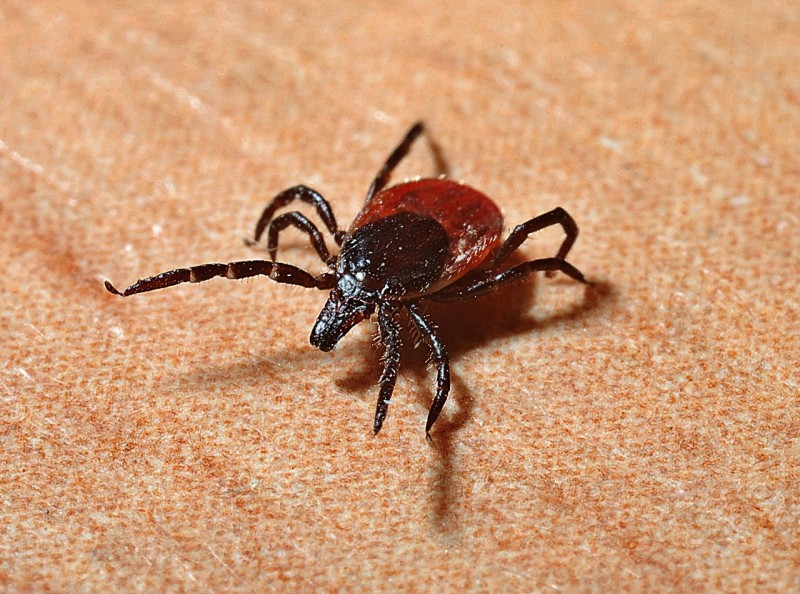
Summer is just around the corner… for Northerners, that is. If you live in the South like me, you’ve had months of sunshine by now. Either way, each season has its perks and its drawbacks, and there’s that one thing about summer that most can agree they absolutely hate — bugs. Mosquitoes, bees, wasps, spiders, ants — everything creepy crawly seems to come out when the outside temperature rises. A bee sting or an ant bite may be slightly painful and annoying, and mosquitoes are capable of carrying all sorts of diseases, but one of the biggest threats to look out for as the temperature starts warming up — ticks.
Ticks are tiny arachnids that require blood meals to complete their life cycles. The good news is, they don’t jump or fly. The bad news is, they suck your blood, and they may be carrying a deadly disease.

There are over 800 species of ticks in the world, but only two families — hard ticks and soft ticks — are known to transmit diseases or illnesses to humans. Ticks will attach to different animals for a blood meal, including humans. Hard ticks tend to attach and feed anywhere from hours to days, and disease transmission usually occurs near the end of their meal. Soft ticks usually feed for less than an hour, and disease transmission can occur in less than a minute.
What kind of disease?
It’s called Lyme disease, and it’s a bacterial infection transmitted via tick bite. Typical symptoms include fever, headache, fatigue and a skin rash known as erythema migrans. If left untreated, Lyme disease can spread to the joints, heart and to the nervous system. The Centers for Disease Control and Prevention estimate that 300,000 people are diagnosed with Lyme disease in the United States each year. It affects people of all ages, and it is often misdiagnosed because its symptoms mimic those of other illnesses.
Symptoms to Watch Out For
Ticks are so tiny, you may never know that you were bitten by one. It’s important to recognize the symptoms of Lyme disease in case you or a member of your family becomes infected. The most noticeable symptom of Lyme disease is the rash that accompanies it. It resembles the bullseye of a dartboard, with a small red ring around an area of the skin.
A tick bite may resemble a bite from a spider or another insect, but bites from other insects won’t typically be accompanied by other symptoms such as fever, chills, fatigue, nausea, muscle aches and joint pain. Lyme disease is treatable when caught early, but the longer it’s left untreated, the more likely that it will spread to other parts of the body, causing damage.
How to Protect Yourself
No one wants to cut back on family picnics, backyard barbecues or days at the park. Being outside in the summer allows you to enjoy the warm weather and sunshine. There are ways you can protect yourself from tick bites, without having to cut back on your time spent outdoors:
- Know where ticks are commonly found.
- Wear protective clothing.
- Use essential oils containing catnip, cedar, citronella, clove, eucalyptus, lavender, lemongrass, lemon eucalyptus, mint, peppermint, rosemary, and tea tree to protect from ticks.
- Remove a tick right away if you spot one on you.


